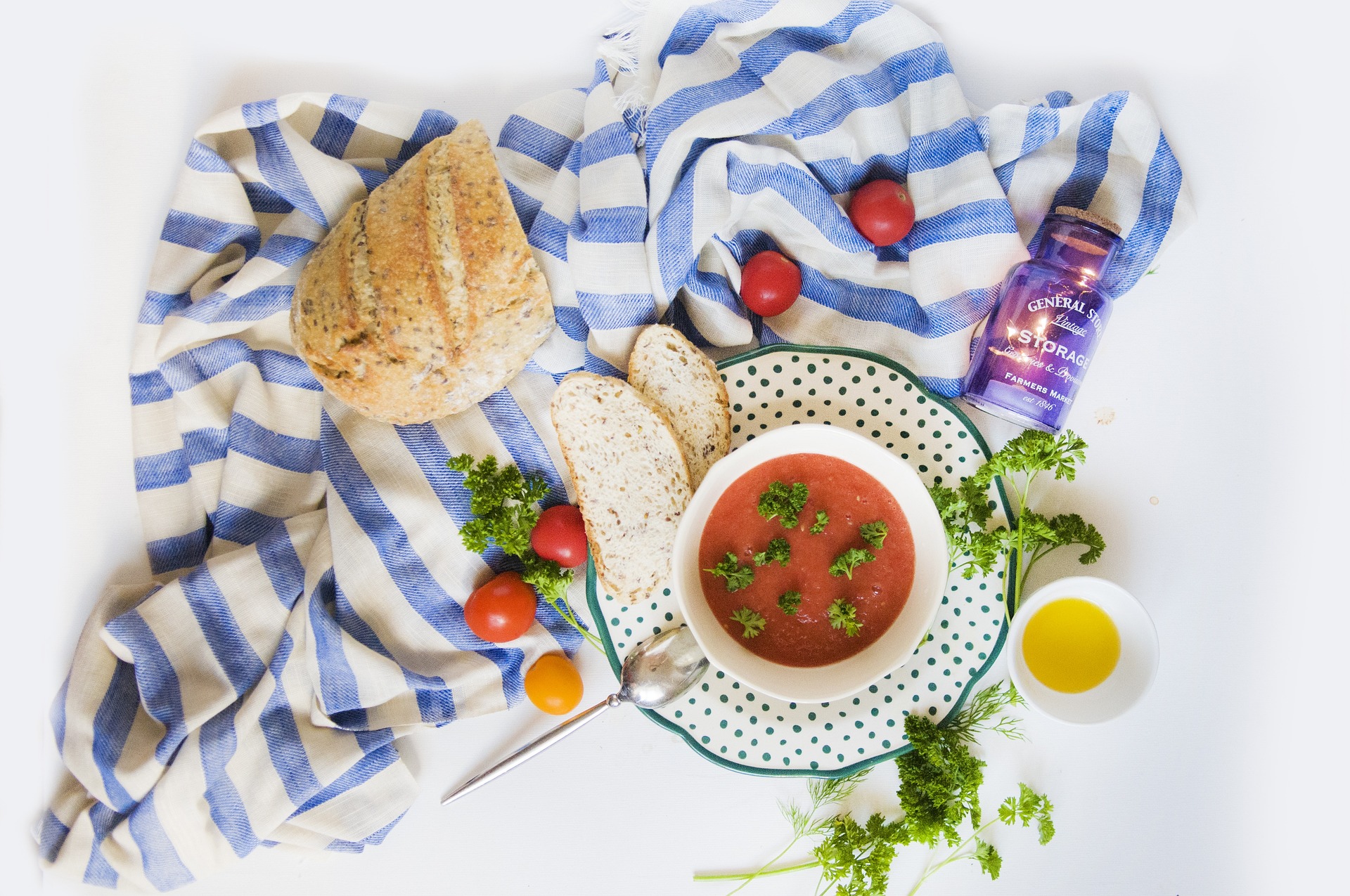Start Eating Well with Simple, Everyday Choices
Healthy eating is about finding balance. With small, sustainable changes, you can enjoy nutritious food that works for you. No extreme diets, just simple meals that fit into your daily life. Start making mindful food choices that support your overall well-being.

What does healthy eating really mean?
Healthy eating is about nourishing your body with a variety of foods that provide essential nutrients. It’s not about following strict rules or eliminating entire food groups. Instead, it focuses on making choices that support your overall well-being. This includes consuming a balance of fruits, vegetables, whole grains, lean proteins, and healthy fats. The key is to create a sustainable approach to eating that you can maintain long-term, rather than adopting a temporary “diet” mentality.
How can I make healthier food choices without feeling restricted?
Making healthier food choices doesn’t mean you have to feel deprived. Start by gradually incorporating more nutrient-dense foods into your meals. For example, add an extra serving of vegetables to your dinner plate or swap refined grains for whole grains. Focus on adding beneficial foods rather than removing “bad” ones. This positive approach can help you feel more satisfied and less restricted. Remember, it’s about progress, not perfection. Small, consistent changes can lead to significant improvements in your overall diet.
What are some simple ways to create nutritious meals at home?
Creating nutritious meals at home doesn’t require culinary expertise. Begin with a foundation of whole foods and build from there. Keep your pantry stocked with versatile ingredients like brown rice, quinoa, canned beans, and a variety of spices. For quick and easy meals, try sheet pan dinners where you roast a mix of vegetables and lean protein together. Slow cookers and pressure cookers can also be great tools for preparing healthy meals with minimal effort. Don’t forget to include a variety of colors on your plate to ensure you’re getting a wide range of nutrients.
Can healthy eating be enjoyable and fit into a busy lifestyle?
Absolutely! Healthy eating can be both enjoyable and convenient. Meal prepping is an excellent strategy for busy individuals. Spend a few hours on the weekend preparing ingredients or full meals for the week ahead. This can include chopping vegetables, cooking grains, or marinating proteins. For snacks, keep pre-cut fruits and vegetables, nuts, or hard-boiled eggs on hand. When dining out, look for restaurants that offer nutritious options or customize your order to include more vegetables and lean proteins. Remember, healthy eating is flexible and can adapt to your schedule and preferences.
What are some common misconceptions about healthy eating?
Many people believe that healthy eating is expensive, time-consuming, or requires special ingredients. However, this isn’t necessarily true. Frozen fruits and vegetables are often just as nutritious as fresh ones and can be more budget-friendly. Beans, lentils, and eggs are affordable protein sources that can form the basis of many nutritious meals. Another misconception is that healthy food doesn’t taste good. In reality, learning to use herbs, spices, and healthy cooking methods can make nutritious meals delicious and satisfying. Lastly, some think that healthy eating means never indulging in treats. In fact, a balanced approach that includes occasional indulgences is more sustainable and enjoyable in the long run.
How can I make healthier choices when grocery shopping?
Making healthier choices at the grocery store starts with a plan. Begin by creating a shopping list focused on whole foods. Stick to the perimeter of the store where fresh produce, lean meats, and dairy products are typically located. When choosing packaged foods, read nutrition labels to compare options and select those with fewer added sugars and processed ingredients. Look for products with short, recognizable ingredient lists. Consider buying in bulk for staple items like grains, nuts, and seeds to save money. Remember, frozen fruits and vegetables are excellent alternatives to fresh produce and can help reduce food waste.
Here’s a comparison of common grocery items to help you make healthier choices:
| Food Category | Less Healthy Option | Healthier Alternative | Key Benefits |
|---|---|---|---|
| Bread | White bread | Whole grain bread | Higher in fiber and nutrients |
| Cereal | Sugary cereal | Oatmeal or bran cereal | Lower in added sugars, higher in fiber |
| Snacks | Potato chips | Air-popped popcorn or nuts | Lower in unhealthy fats, higher in nutrients |
| Beverages | Soda | Sparkling water with fruit | No added sugars or artificial sweeteners |
| Yogurt | Flavored yogurt | Plain Greek yogurt | Higher in protein, lower in added sugars |
Prices, rates, or cost estimates mentioned in this article are based on the latest available information but may change over time. Independent research is advised before making financial decisions.
In conclusion, healthy eating can be simple, enjoyable, and adaptable to any lifestyle. By focusing on whole foods, making gradual changes, and finding nutritious options that you enjoy, you can create a sustainable approach to eating well. Remember, the goal is to nourish your body and feel good, not to follow strict rules or achieve perfection.
This article is for informational purposes only and should not be considered medical advice. Please consult a qualified healthcare professional for personalized guidance and treatment.
The shared information of this article is up-to-date as of the publishing date. For more up-to-date information, please conduct your own research.






